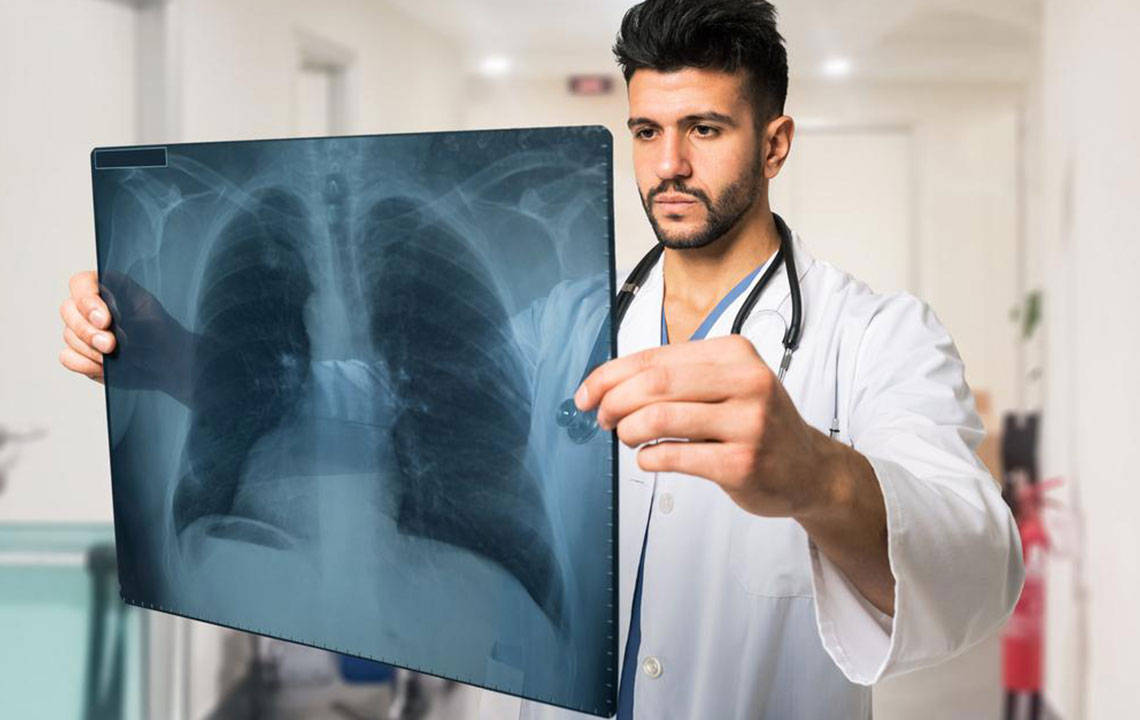Comprehensive Guide to Pulmonary Fibrosis: Causes, Symptoms, and Management
Pulmonary fibrosis is a severe chronic lung disease marked by thickening and scarring of lung tissue, leading to impaired breathing and reduced oxygen exchange. This comprehensive guide explores causes, symptoms, risk factors, diagnosis, and emerging treatments, emphasizing early detection and ongoing research. Understanding these aspects can improve disease management and patient outcomes, highlighting the importance of regular medical care and participation in clinical trials for new therapies.

Comprehensive Guide to Pulmonary Fibrosis: Causes, Symptoms, and Management
Pulmonary fibrosis represents a profound and often devastating chronic lung condition characterized by the progressive development of scar tissue within the lung parenchyma. This scarring process leads to significant deterioration in lung architecture and function, ultimately impairing the body's ability to oxygenate blood efficiently. The term 'pulmonary' pertains to the lungs, while 'fibrosis' denotes the formation of fibrous or scar tissue. Understanding this disease is crucial for early detection, management, and improving patient outcomes. In this detailed guide, we will explore the fundamental aspects of pulmonary fibrosis, including its causes, symptoms, pathophysiology, diagnosis, treatment options, and ongoing research advancements.
What is Pulmonary Fibrosis?
Pulmonary fibrosis is a progressive lung disease where lung tissue becomes thickened, stiff, and scarred. These structural changes diminish the elasticity of lung tissues, impairing the lungs' capacity to expand fully during inhalation. As a result, the transfer of oxygen from alveoli—the tiny air sacs in the lungs—to the bloodstream becomes less efficient. Patients often experience symptoms such as shortness of breath, persistent dry cough, fatigue, and chest discomfort. The disease can progress insidiously over months or years, with some individuals remaining asymptomatic in early stages, making early diagnosis challenging but essential.
Causes and Risk Factors
While the exact cause of pulmonary fibrosis is often unknown, several risk factors have been identified. Exposure to environmental and occupational hazards such as silica dust, asbestos fibers, and coal dust plays a significant role in the development of the disease. Autoimmune disorders, like rheumatoid arthritis and scleroderma, are also associated with pulmonary fibrosis, especially in cases where the immune system attacks healthy lung tissue. Some medications, including certain chemotherapeutic agents and antibiotics, can induce lung scarring as adverse effects. Genetic predisposition may contribute, with idiopathic pulmonary fibrosis (IPF) being a common form where no specific cause is identified. IPF may have familial links, suggesting a hereditary component. Understanding these risks helps in early recognition and preventive strategies.
Recognizing Symptoms and Disease Progression
Initial symptoms are often subtle and non-specific, making early diagnosis difficult. Common early signs include a persistent dry cough, mild fatigue, and gradual shortness of breath, especially during exertion. Over time, as lung scarring intensifies, breathing becomes more labored, even at rest, and physical activity becomes limited. Some patients may experience unintended weight loss, clubbing of fingers, or chest tightness. Interestingly, the disease course varies widely; some individuals remain stable for years, while others undergo rapid deterioration. Regular medical evaluations and pulmonary function tests are crucial for monitoring disease progression and adjusting treatment plans accordingly.
Prevalence, Demographics, and At-Risk Populations
Pulmonary fibrosis affects an estimated 50,000 to 132,000 people nationwide each year, predominantly impacting men over the age of 50. The incidence increases with age, reflecting cumulative exposure to environmental toxins and age-related decline in lung repair mechanisms. Certain occupational groups, such as miners, construction workers, and factory employees exposed to dust and chemicals, face higher risks. Additionally, genetic factors and autoimmune diseases contribute to increased susceptibility. Population studies indicate that African Americans and Caucasians are more frequently diagnosed. Early detection in high-risk groups is pivotal for improved management outcomes.
Innovations and Clinical Trials in Pulmonary Fibrosis Treatment
Despite the absence of a definitive cure for pulmonary fibrosis, research is vigorous and ongoing. Current treatments primarily aim to alleviate symptoms, slow disease progression, and improve the quality of life. Medications such as antifibrotic agents—pirfenidone and nintedanib—have demonstrated efficacy in reducing the rate of lung function decline. Lifestyle modifications, oxygen therapy, and pulmonary rehabilitation are integral to comprehensive care. Importantly, clinical trials are continuously exploring novel therapies, including stem cell treatments, gene therapy approaches, and targeted molecular interventions, promising future breakthroughs. Patients are encouraged to participate in trials and stay informed about emerging therapies under the guidance of specialized healthcare providers.
In conclusion, pulmonary fibrosis is a complex, chronic, and currently incurable disease characterized by irreversible scarring of lung tissue. Early diagnosis, diligent monitoring, and a multidisciplinary approach to management can significantly enhance life quality and slow disease progression. Advances in medical research and participation in clinical trials offer hope for better therapies in the future. Patients and caregivers must work closely with pulmonologists and healthcare teams to optimize treatment strategies, manage symptoms effectively, and address the specific needs of individuals affected by this challenging condition.





